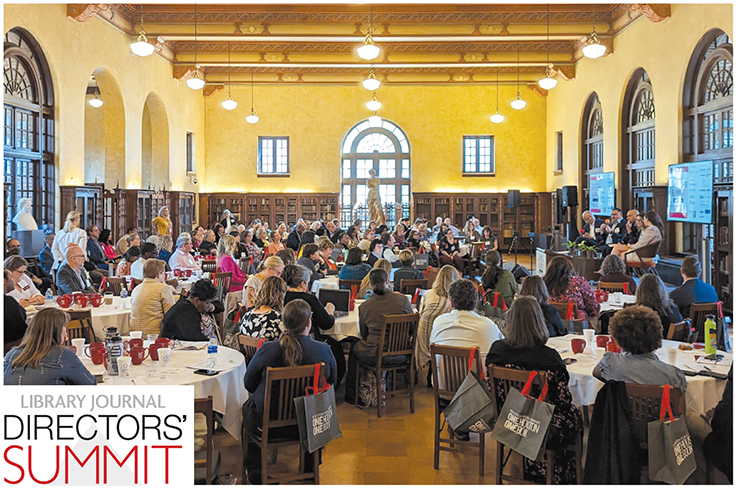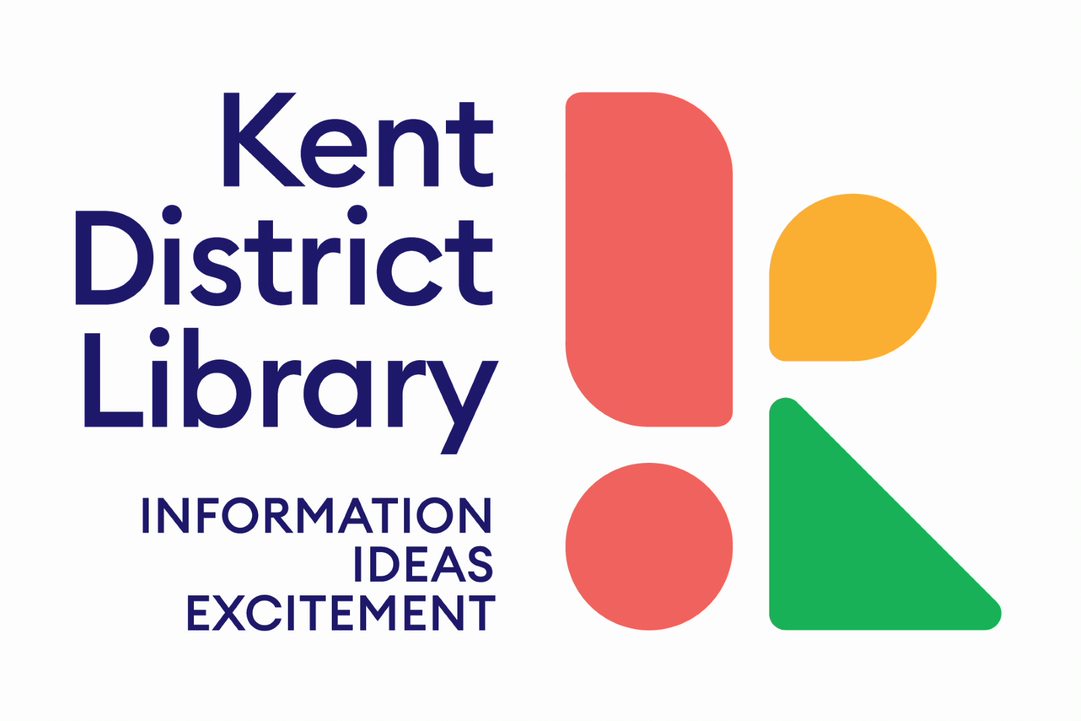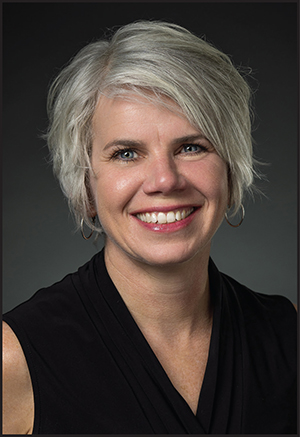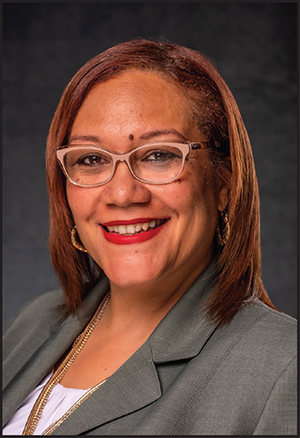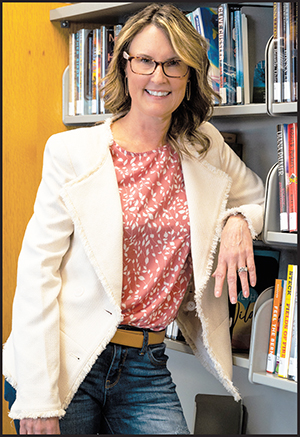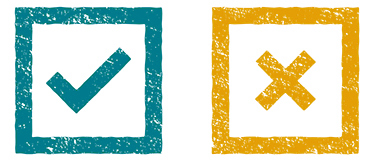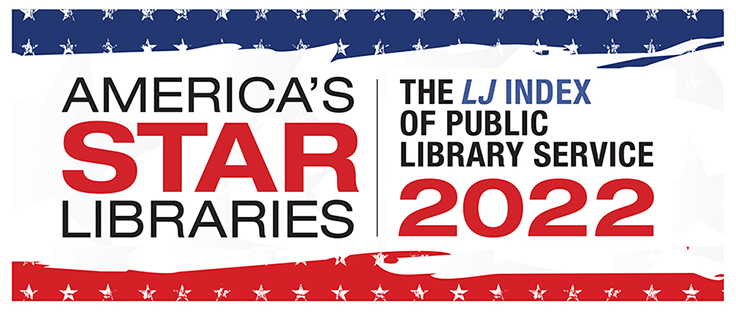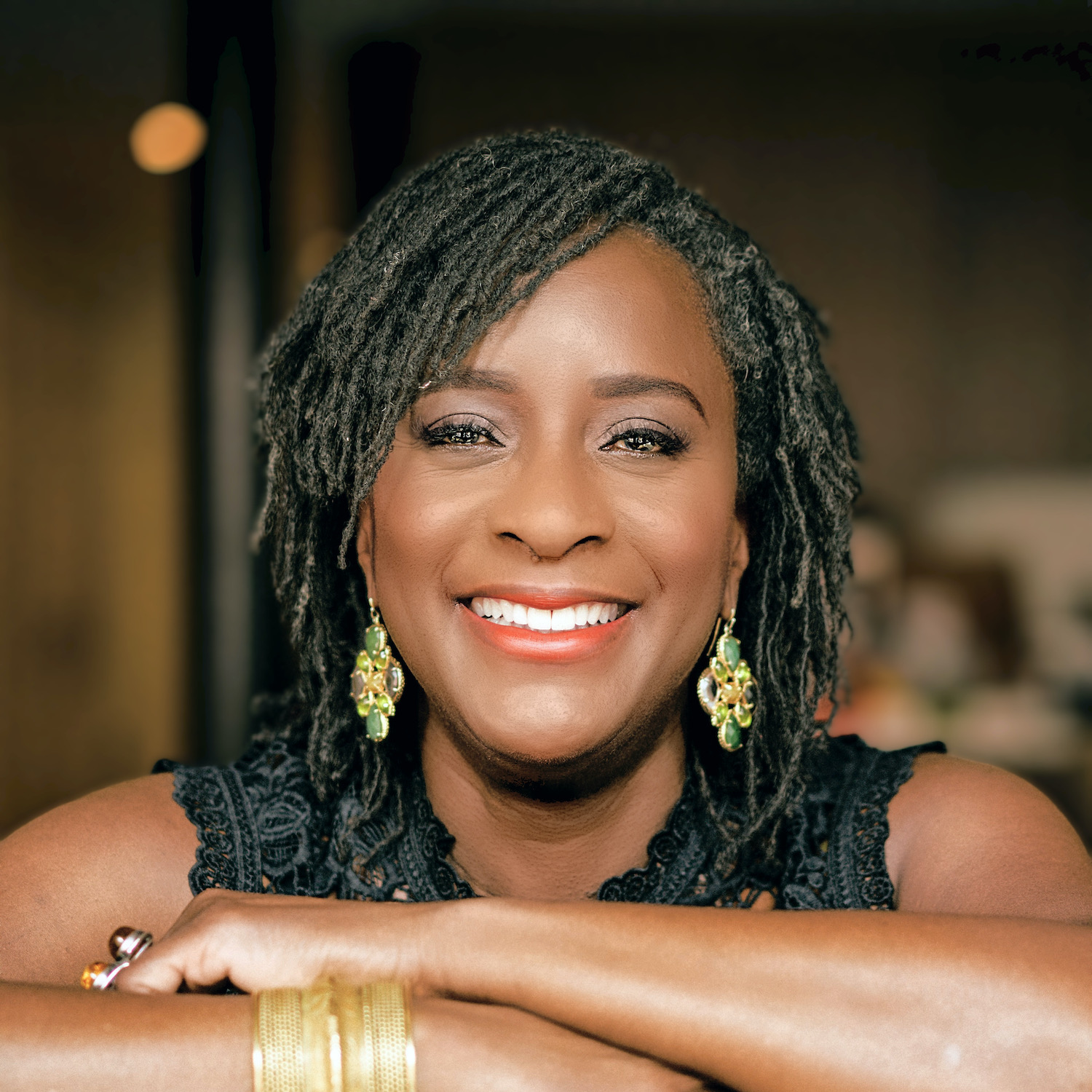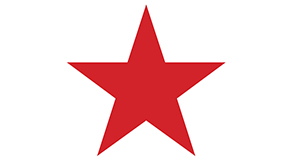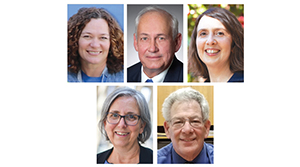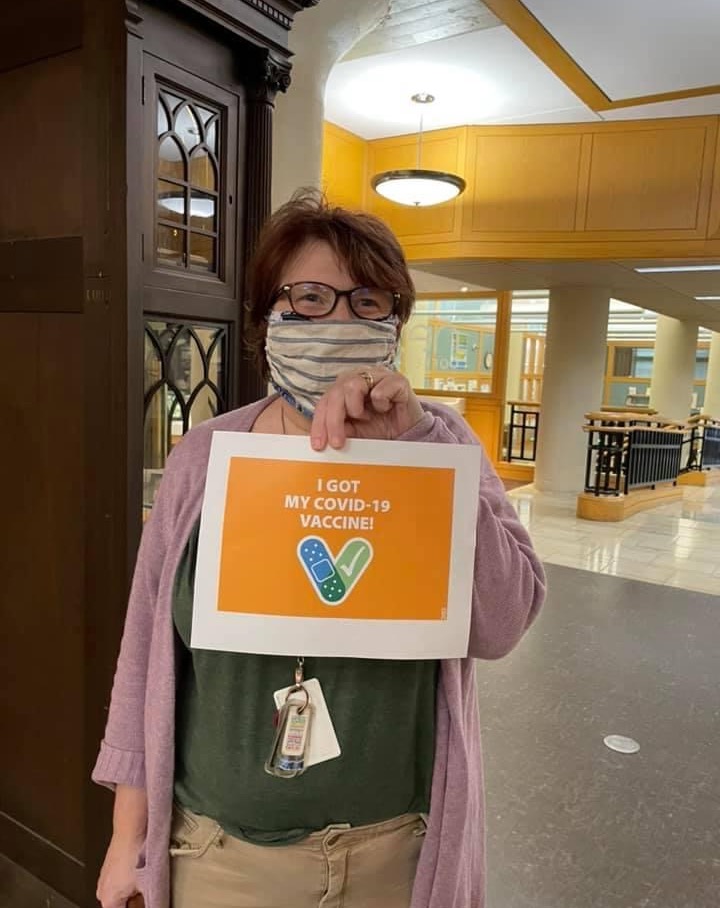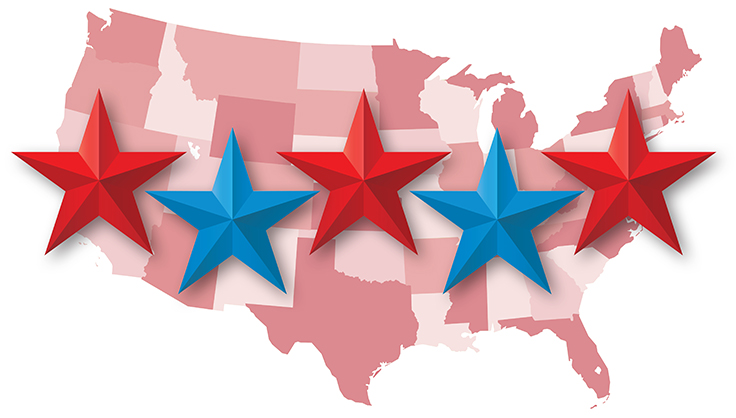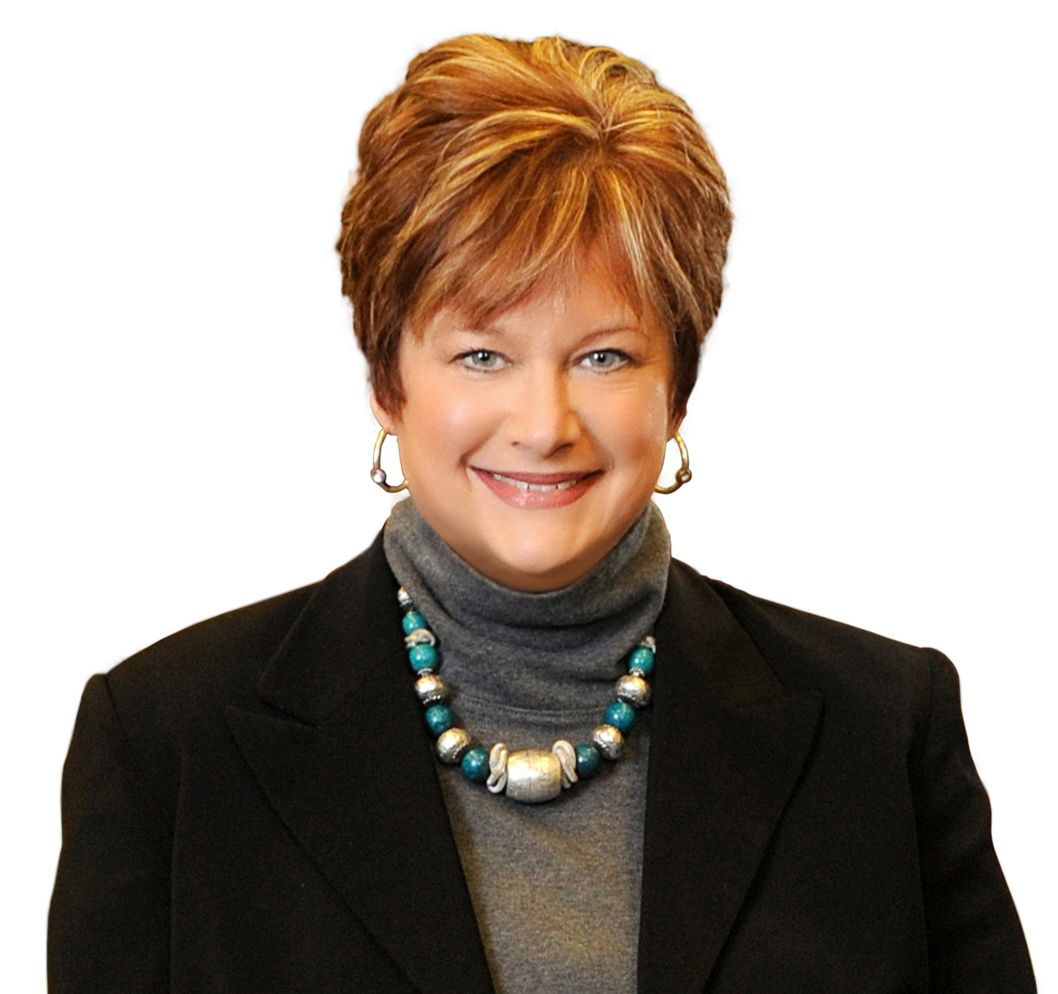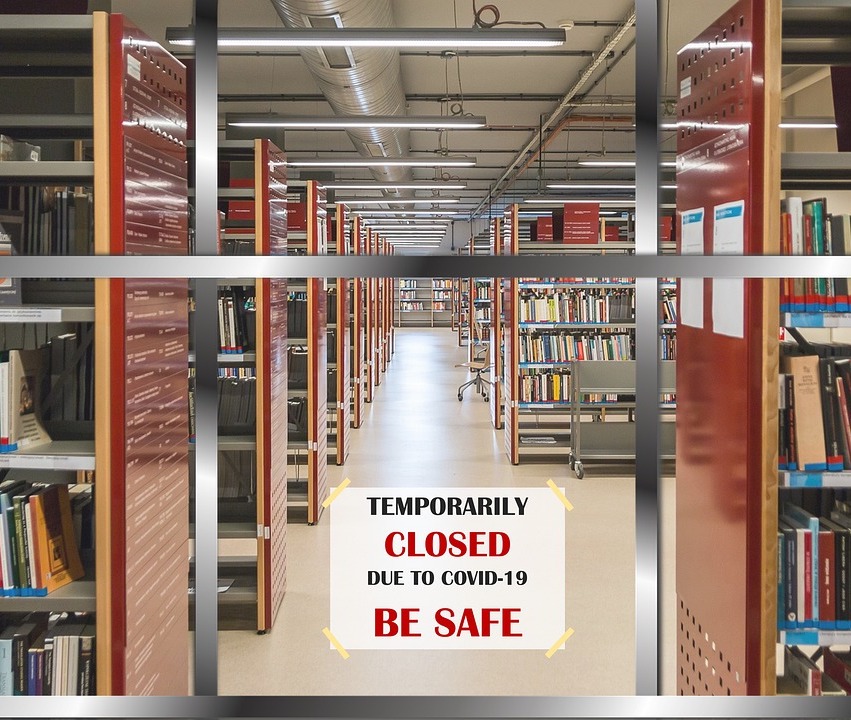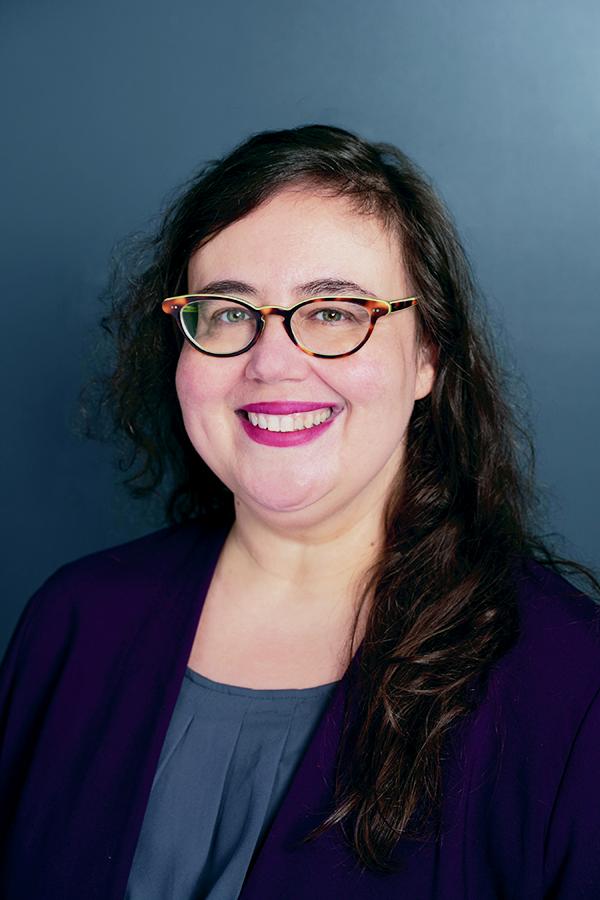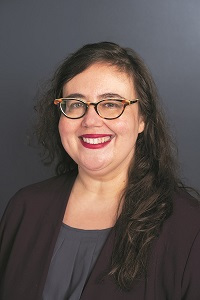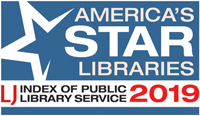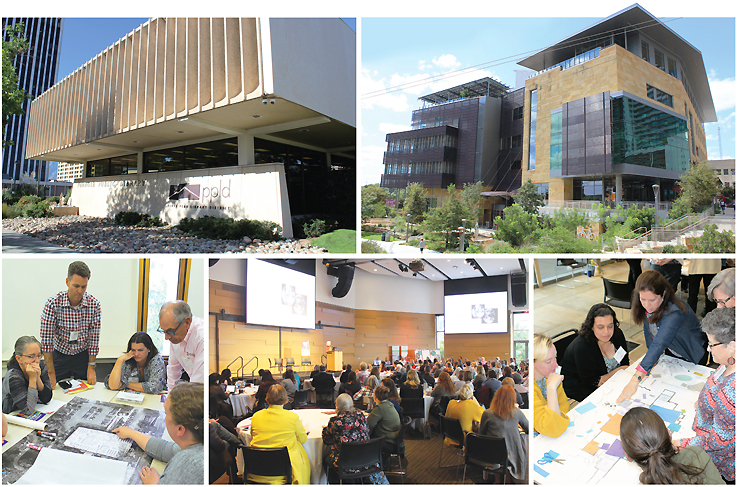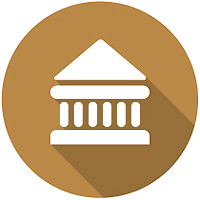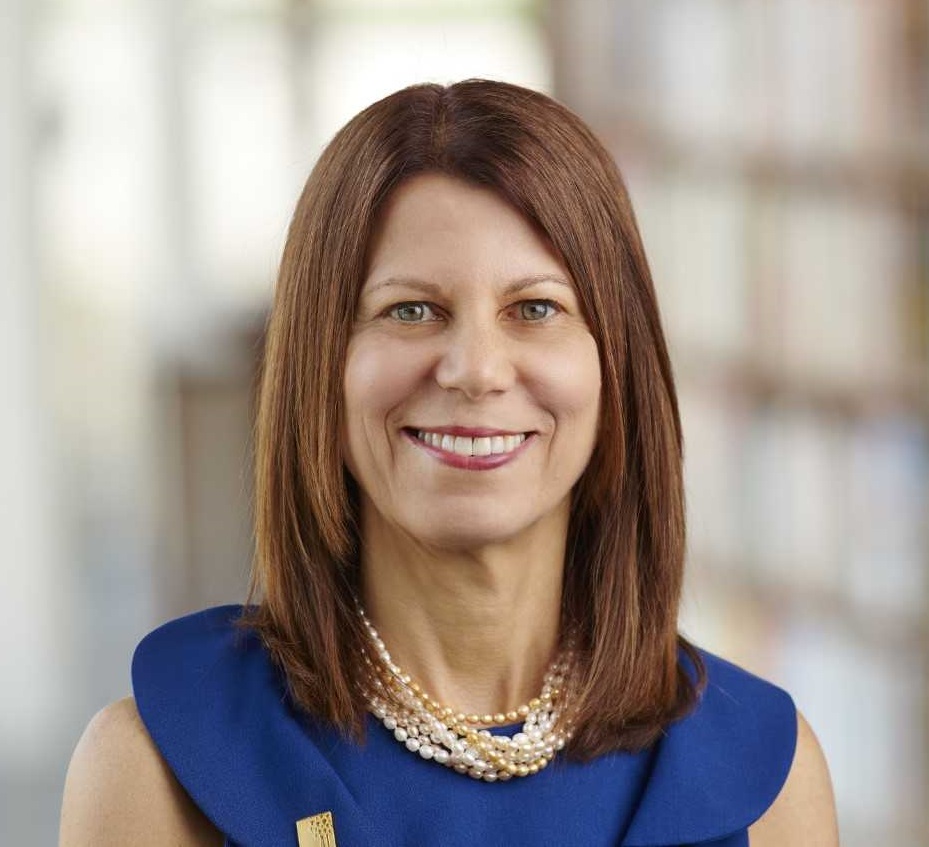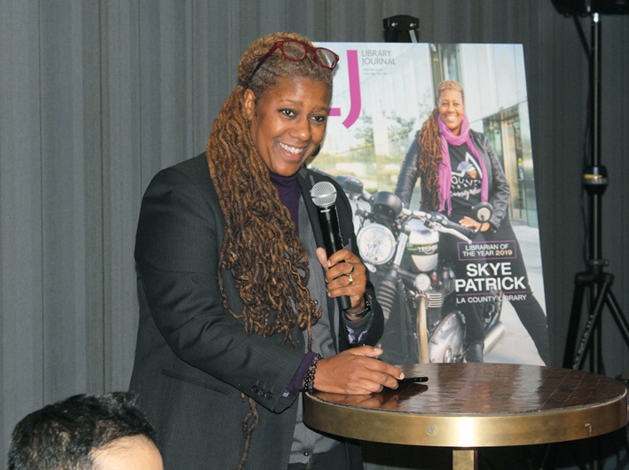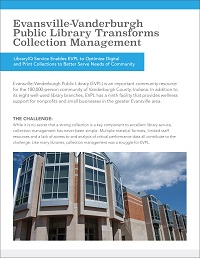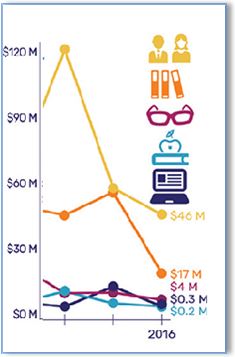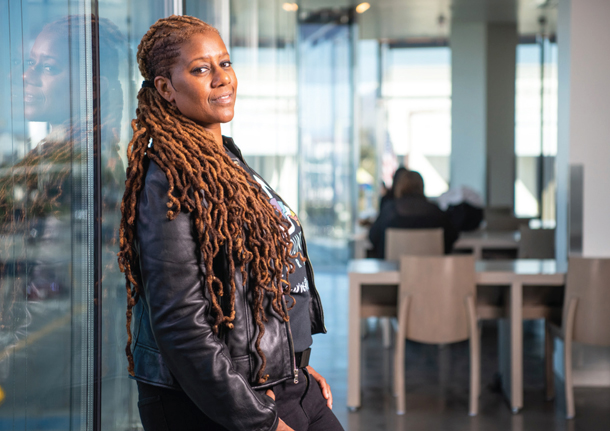Related
How do library leaders find the support needed to steward their organizations through challenging times? LJ's 2023 Directors' Summit asked—and answered—some big questions.
In 2019, Kent District Library’s human resources department (HR) set out to strengthen its approach to staffing the organization. Our goals were to create greater equity in the selection process through reduction of implicit bias; improve the viability of candidates through competency testing; and ensure the quality of hires to help reduce first-year turnover, improve the diversity of the workforce, and ensure their competency on the job.
Keeping library staff and patrons safe in challenging times requires leadership, listening, and considering what safety and security mean in different communities.
As chair of the Meridian Library District (MLD) Board of Trustees, Megan Larsen passionately defends the right to read. Like many libraries around the country, MLD faces attacks from a vocal minority seeking to restrict access to titles featuring diverse content, and recently, a group filed a petition attempting to dissolve the district. “Sometimes, the fight comes to you, like it or not,” Larsen says.
David Greisen is founder, CEO, and the driving force behind Open Law Library, a nonprofit open-access publisher helping governments collaborate, draft, and publish consistent laws with legislative history built to withstand nation state–level cyberattacks and comply with the Uniform Electronic Legal Material Act, all without going through for-profit publishers.
Brooke McCauley’s career spans activism and politics, anti-hunger/anti-poverty advocacy, and lobbying. In 2019, she learned about a new role at the Howard County Library System—customer experience manager—and made it her own.
When the Democratic nominee for state representative in Ohio’s 99th district was forced to withdraw from an upcoming election after her home was redistricted by 20 feet, Kathy Zappitello stepped into the race, largely to oppose pending censorship legislation introduced by her opponent that would “prohibit teaching, advocating, or promoting divisive concepts.”
When Daniel Zeiger arrived at Georgia Public Library Service, a major financial and operational challenge faced the state’s library systems—the plethora of individually managed, high-cost, public-access desktop computers. Small library systems were maintaining their own machines with a single IT professional, a tech-savvy director, or no in-house IT at all.
Ashley Allen guides YA patrons along multimedia-related job paths by organizing industry networking opportunities and educational presentations, facilitating their access to scholarships, and overseeing the “Voices of Queens” podcast program. More than 165 students have created 100 episodes of this strictly for-teens, by-teens published program. Combined, they’ve completed at least 900 after-school hours of career training.
Can libraries afford open access? LJ’s latest Periodicals Price Survey examines the state of the market.
Library directors often bear the brunt of intellectual freedom challenges from community members—even from their own boards—and some have chosen to leave.
Library budgets continued to rebound in 2022, with the largest upticks in a decade—and a continued focus on pandemic-era community needs.
This is the 15th year in which Library Journal has scored U.S. public libraries on the LJ Index of Public Library Service and awarded Star Library ratings. The 2022 scores and ratings are based on FY20 data from the Institute of Museum and Library Services Public Library Survey.
The 258 Star Libraries for 2022 are located in 36 states and—for the first time since 2018—the District of Columbia.
Dr. Gena Cox, organizational psychologist, executive coach, and author of Leading Inclusion: Drive Change Your Employees Can See and Feel (Page Two, Oct.), will deliver the opening keynote at LJ’s Directors Summit in Baltimore this December. LJ caught up with her to learn more about what motivated her to write this book and what lessons she feels can help library leaders make sure their equity, diversity, and inclusion efforts improve the workplace experience for library workers.
Like many people around the world, I have become enamored with Ted Lasso. This comedy from Apple stars Jason Sudeikis as the titular character in a show with storylines that are funny, sweet, sad, and, at their heart, kind.
Library leaders share the strides they’re making to shift strategic plans and policies to center equity, diversity, and inclusion.
Hiring an EDI officer requires system-wide support, a clear definition of the role’s parameters, and providing authority to effect changes, not just make suggestions.
How do you plan for the future when your focus is on “getting back to normal”? A series of workshops on strategic foresight with Oxford University’s Matt Finch, hosted by Pennsylvania’s Bureau of Library Development, introduced our team to the practice of scenario planning.
This is the 14th year in which LJ has scored U.S. public libraries on the LJ Index of Public Library Service and awarded Star Library ratings. The 2021 scores and ratings are based on FY19 data from the Institute of Museum and Library Services Public Library Survey.
We interviewed five directors of new or returning 2021 Star Libraries to learn how their libraries were positioned to cope with the pandemic, how they changed their operations to cope with the pandemic, and how their libraries rose to the challenges of the pandemic.
Earlier this spring, in conjunction with a survey of how academic library deans and directors’ perspectives and strategies around equity, diversity, and inclusion (EDI) and anti-racism have changed over the last year, Ithaka S+R announced that it would launch an anti-racism talent management audit in partnership with library leaders from Binghamton University, NY, and the University of Delaware.
As early as December 2020, many were advocating for library workers to be included in early distribution categories. Even in the absence of broad recategorization, however, some library leaders have effectively lobbied to have staff across their entire systems vaccinated. Using a range of strategies, they have ensured that their state or local health department officials understand that library workers fill essential, public-facing roles, and are cared for accordingly.
This is the 13th year of the LJ Index of Public Library Service and Star Library ratings. The 2020 scores and ratings are based on FY18 data from the Institute of Museum and Library Services (IMLS) Public Library Survey (PLS). Because of that delay, they don’t reflect the impact of the coronavirus; that won’t be reflected in the data until 2022. The big news in this year’s edition is that successful retrievals of electronic information (e-retrievals)—measuring usage of online content, such as databases, other than by title checkout—joins the six other measures that determine the LJ Index.
The newest output measure in the PLS is library website visits. Even before the COVID-19 pandemic closed many library buildings to the public, websites were a major access point for many library users.
With all this year's variations in mind, it’s no surprise that this year’s Star Libraries roster contains many changes
Gina Millsap, CEO and director of the Topeka and Shawnee County Public Library (TSCPL) for the past 15 years, retired on December 1. LJ caught up with her on her next-to-last day at TSCPL to find out more about her achievements, her challenges, and what’s next on her agenda.
Every public library is a star to the community it serves. LJ’s Star Library Ratings and the LJ Index of Public Library Service spotlight the best of the best across America. The 2020 edition is the 13th. This year, 5,608 U.S. public libraries are scored on the LJ Index, and there are 262 Star Libraries.
Navigating any place of employment can be complex for transgender and nonbinary people, but having an informed and supportive supervisor can make things easier.
When COVID-19 shut down the country in early March, there was a mad scramble for masks, swabs, and…library cards. With doors closed and physical collections in quarantine (embargoed), the only way libraries could connect with patrons was online. But how could new customers or those new to using online collections get access without a library card?
It’s important for a library board to strike a balance when it comes to supporting the library’s director. While no director wishes to be micromanaged, they certainly want to be supported. When a director is challenged with personnel issues, they would ideally call upon human resources (HR) for practical solutions. But what about directors who oversee a library that isn’t large enough to justify such a position? In these cases, and even in some libraries with HR leadership, the director turns to a personnel committee for guidance, collaboration, and support.
Richland County resident Jason Scott learned the cost of leaving high school at 17 to care for his infant daughter. “Since 1988, I couldn’t get those better-paying jobs without a diploma.” Things are looking up since he saw a Career Online High School poster at his local library and asked the person at the desk, “How do I sign up?”
Recognizing the immense achievements of librarians in a variety of disciplines is worthy of a big annual shout-out — and that is exactly what Library Journal’s Movers & Shakers program is all about.
As we begin to reopen more and more libraries across the country the pressure you will feel as a leader is going to increase. You are crucial to your organization’s future right now. It’s okay to be nervous; it’s okay to be scared. Those emotions will not stop you from doing what you need to do. We can do this. You can do this.
As libraries approach their third month of closure, many institutions that had continued to pay employees—whether or not they were able to engage in active work—are now turning to layoffs or furloughs, often citing concerns about budget cuts.
On April 21 Mitchell Daniels, president of Indiana’s Purdue University, sent a letter to staff announcing his intent to reopen the campus this fall. Although his ideas about ensuring safety for a campus population of more than 50,000 people have met with some skepticism and pushback, individual campus leaders have their own ideas for a careful return. One of these is Beth McNeil, dean and Esther Ellis Norton Professor at Purdue University Libraries and School of Information Studies, who believes that a measured reopening of the university’s eight libraries is possible.
When the research team at Ithaka S+R closed their survey of academic library directors at the end of last year and began to examine the responses, they had no idea that within three months the academic library landscape would look entirely different.
For library workers who are working to convince local governments to close the libraries and continue to pay staff during the COVID-19 pandemic, the best bet is to discuss the issue with their union. For those without a union, here are some advocacy ideas for convincing decision makers to close the library during the pandemic and support the staff.
When I started writing my editorial for the April issue last week, a mere handful of public libraries had closed to contain the spread of COVID-19, though many had canceled public programming. Less than a week later, nearly 500 have closed to the public. But there are more than 9,000 public library systems in the United States—and we should close all of them. Today, not in two weeks when the April issue lands on your desk.
Vocational awe. Burnout. Low morale. Precarity. Undercompensation. Together, the themes I see cropping up in LIS research, conference presentations, and Twitter point to a chronic problem.
The 12th edition of the LJ Index of Public Library Service rates U.S. public libraries based on selected per capita output measures. The 2019 Index derives from data recently released by the Institute of Museum and Library Services (IMLS) for FY17. This year, 6,333 U.S. public libraries qualified to be rated in the Index. In this edition, there are 261 Star Libraries, each receiving three-Star, four-Star, or five-Star designations.
The 2019 Star libraries are scattered among 40 states across the country. Here are the states with the most and fewest 2019 Stars.
In FY16, the IMLS Index of Public Library Service PLS added a new data element for successful retrieval of electronic information, as distinct from circulation of ebooks. By next year, all states will have been collecting data on the measure for at least two years, so electronic information retrievals may become the seventh per-capita statistic in the LJ Index formula next year. This will be a useful measure of how people are using library resources and what kind of content they need or want.
Every public library is a star to the community it serves. LJ’s Star Library Ratings and the LJ Index of Public Library Service spotlight the best of the best across America. The 2019 edition is the 12th. This year, 6,333 U.S. public libraries are scored on the LJ Index, and there are 261 Star Libraries.
When creating sustainable library designs, planners start by looking at elements that can be reused. Much inspired and practical design has emerged by repurposing and building on or around what already exists: structures, materials, public spaces, personnel—and, as two recent Library Journal Design Institutes in Colorado Springs and Austin demonstrated—community.
At LJ’s 2019 Design Institutes in Colorado Springs, CO, held at the Pikes Peak Library District (PPLD) on September 13, four public libraries in California, Idaho, Texas, and Arizona enlisted architects and attendees to brainstorm on upcoming library design challenges.
From the Bell Tower has explored the intersection between higher education and academic libraries for over a decade. It’s been a time of vast change, but what lies ahead is sure to hasten the pace of what will likely be more radical change. Paying attention to higher education will allow academic librarians to adapt to whatever comes their way.
The White House recently honored the bestselling author for his work supporting citizens’ engagement with literature. Patterson has committed extensive philanthropic support to literacy, public libraries, teachers, and bookstores. He has also developed programming nationwide to improve literacy and education among Americans, and to support all citizens’ love of reading. LJ asked Patterson about the books he loves, how he feels about winning, and what libraries can do collectively to support literacy and create stronger readers.
Debates over what libraries should fund can get heated, but don't let that stop you from having them. All stakeholders need to not only prepare but discuss the budget, and to understand what new services will meet user demand. Good negotiators need to know when to stick to their guns, even if it means risking an argument. Good leaders also know when to concede and join with the team to ensure progress. Collegiality, civility, and good working relationships are important, but we can’t let the desire to get along prevent us from fully tackling the tough questions
Library trustees are charged with evaluating the director’s performance—and, often, securing a director when the position opens up. Trustees need to act efficiently, in these moments of pending vacancy, to secure leadership for their library. There are many considerations that arise when a director submits that dreaded resignation letter. Here are a few.
Leadership literature offers abundant lists of qualities that experts say define great leaders. That’s supplemented by lists of qualities workers want in their leaders. There’s much variance. Here is the one quality we can all agree is a must for leaders who want to succeed.
Sources of joy are found within librarianship, but everyday life can be stressful and hard on our minds and bodies. Science has much to tell us about ways we can achieve happiness. Surprisingly, those things can be a good fit with academic library work.
Innovation comes in different forms. Library leaders support staff to achieve innovation that establishes the library as an organizational or community innovator. Using the right terminology makes a difference.
LJ's 2019 Placements & Salaries survey looked at grads entering the LIS field for their second careers and the kind of education or experience they were bringing to their new roles.
LJ's 2019 Placements & Salaries survey looked at grads entering the LIS field and discovered that the highest paying jobs are in the Pacific region, and that the regional differential between salary extremes is 59 percent larger than last year.
LJ's 2019 Placements & Salaries survey showed that the top job skill cited was again reference and information services (10 percent), but in second place for the first time was user experience/usability analysis (9 percent). This is the first year that LJ asked graduates about soft skills training in conflict resolution, cultural competency, customer service, design thinking, ethics, and leadership.
LJ's 2019 Placements & Salaries survey considered how and when LIS students and grads conducted their job searches, and learned that 44 percent are hired before they finish their degrees. Job seekers are leveraging not only traditional outlets, such as listservs and employment sites, but social media and networking opportunities, too.
LJ's 2019 Placements & Salaries survey looked at grads entering the LIS field and at the salaries they command. This provides a snapshot of graduates' job-seeking experiences at 41 ALA-accredited institutions and identifies comparative trends from previous years. Two schools are new this year, 35 schools used our survey, and six schools created independent assessments.
Recovery from the 2008 recession continues: This year’s Placements & Salaries survey indicates that graduates from LIS programs have more options and better opportunities in the field. Highlights include positive trends in salaries and employment status, gender-based pay parity, and employment in LIS institutions. Graduates placed user experience/usability analysis in the top two primary job duties for the first time.
LJ's 2019 Placements & Salaries survey learned that full-time grads earned on average 6.2 percent more than they did last year. Top earners tend to have private sector and special collections jobs.
When Clyde Scoles, longtime director of the Toledo Lucas County Public Library (TLCPL), OH, died unexpectedly in February, Deputy Director Jason Kucsma stepped up as acting director for the 21-branch system. Scoles had announced his retirement only a few weeks before, and Kucsma was already considering his next steps. On August 1, the TLCPL board of trustees voted to appoint Kucsma as executive director and chief financial officer.
When librarians move into an administrative leadership position, they may find they get fewer projects completed. That’s fine. It’s more important to contribute to subordinates’ personal growth and organizational progress.
Every academic library should have a set of standards for how people are expected to conduct themselves in our facilities. If it’s nonexistent at your library, now is the time to create it. If there is one that has languished for years, it’s time for an update.
Taking strategic advantage of an eclectic community mix to deliver innovative library service where it’s most needed helped the Copper Queen Library in Bisbee, AZ, win LJ’s 2019 Best Small Library in America, sponsored by Baker & Taylor.
Honey Grove Library & Learning Center, TX, is one of the two finalists for LJ's Best Small Library in America. The library has been named a finalist before, in 2014; a lot has changed since then.
Whitehall Public Library is one of the two finalists for LJ's Best Small Library in America. When social service agencies began to resettle refugees in Whitehall, in the Pittsburgh, PA, suburbs, the library started building bridges between refugees and long-term residents.
Even if you think you lead without exploiting the power and privilege of your position, the way your formal leadership or management role affects your library workers might surprise you.
If the prospect of going through another change management exercise leaves you groaning and wishing for a better way to adapt to change, you may be ready for change readiness.
Fortune’s annual list of the 50 greatest leaders is all about learning leadership from those who practice it best. Does what makes leaders great change over time?
Those working in libraries think a lot about the who, what, where, when, and how involved in the day-to-day operations. Sometimes, there’s even a chance to think about the why. It can be hard to take time to step back and do so, but it’s worth it, especially when the stakes are high and change is fast and furious. And thinking about why libraries are so important has me considering social cohesion, the glue of a thriving society.
Connecting directly with customers to find out what they want and need; training staff to focus on equity and to recognize and eliminate hidden biases; developing programs and services for underserved and marginalized populations; and seeking out public sector and private partners made LA County Library a model for the future of libraries and the Gale/LJ Library of the Year.
Leaders must make tough decisions. At times quick decisions are needed, but even then wise leaders will take time to act thoughtfully and consult in the interests of the best outcome.
In the wake of state funding cuts, the University of Iowa (UI) Libraries has identified more than 800 journal, database, and ebook subscriptions that it will cancel over the upcoming academic year. Library administration and liaisons worked with faculty to select subscriptions to be eliminated, targeting—and achieving—approximately $600,000 in savings. Faculty, staff, and students ultimately commended UI Libraries for its transparency and adherence to best practices throughout the process.
Sari Feldman, executive director of Cuyahoga County Public Library (CCPL), OH, since 2003, is retiring effective August 2. LJ caught up with Feldman as she was winding up her tenure at CCPL to find out more about what she’s proud and what she’s looking forward to next.
As America’s opioid crisis becomes a tragic new normal, libraries have stepped up in a variety of ways. While the role of library workers—as first responders, training staff to save lives by administering Narcan to patrons who overdose in the library—has understandably received the most mainstream media attention, library responses are deeper and more proactive than that emergency intervention.
Few leaders ever anticipate dealing with a crisis of epic proportions. But as recent events in higher education demonstrate, leaders whose fortitude was formed in such a crucible bring a unique skill set to the position.
If leadership is mostly learned rather than an innate ability, then continuous learning is a vital contributor to leadership growth. “Never stop learning” is good advice, but it is one of those tasks that’s easier said than done.
Leaders can all too easily go through the paces on auto-pilot. Go to this meeting. Deal with that situation. Those leaders who are adept at taking notice of what’s less obvious are more likely to innovate.
Every sector of the higher education industry faces challenges, but the future outlook for small colleges is even direr. Amidst talk of closures, mergers, and other decline, should librarians at these institutions be worried?
Spirits were high on the evening of Friday, January 25, when LJ celebrated 2019 Librarian of the Year Skye Patrick with a reception at Seattle’s Hotel Theodore.
Evansville-Vanderburgh Public Library (EVPL) is an important community resource for the 180,000-person community of Vanderburgh County, Indiana. In addition to its eight well-used library branches, EVPL has a ninth facility that provides wellness support for nonprofits and small businesses in the greater Evansville area.
In March 2018, the Massachusetts Institute of Technology (MIT) Libraries hosted a working summit on Grand Challenges in Information Science and Scholarly Communication. After an open review period, the results were distilled into a final white paper, A Grand Challenges-Based Research Agenda for Scholarly Communication and Information Science, released December 18.
One school of thought in leadership suggests those who do it well can role play some area of their work for which they are less than authentically passionate. While that may be a useful leadership skill for unique situations, there are some things leaders should never fake.
As community leaders and public servants, modern librarians play an increasingly vital civic role in the information age.
ALREADY A SUBSCRIBER? LOG IN
We are currently offering this content for free. Sign up now to activate your personal profile, where you can save articles for future viewing
